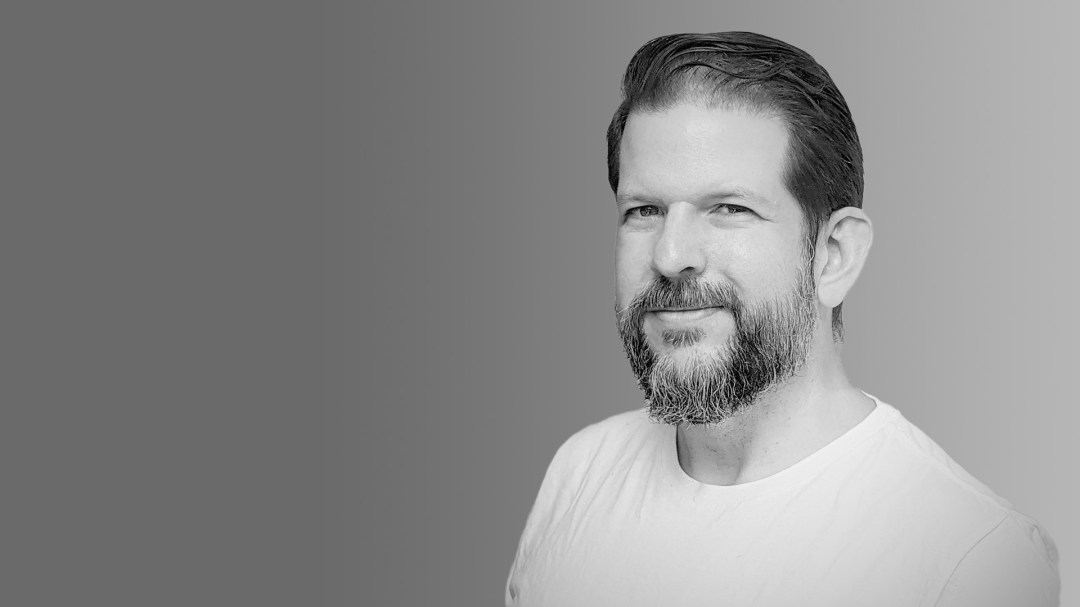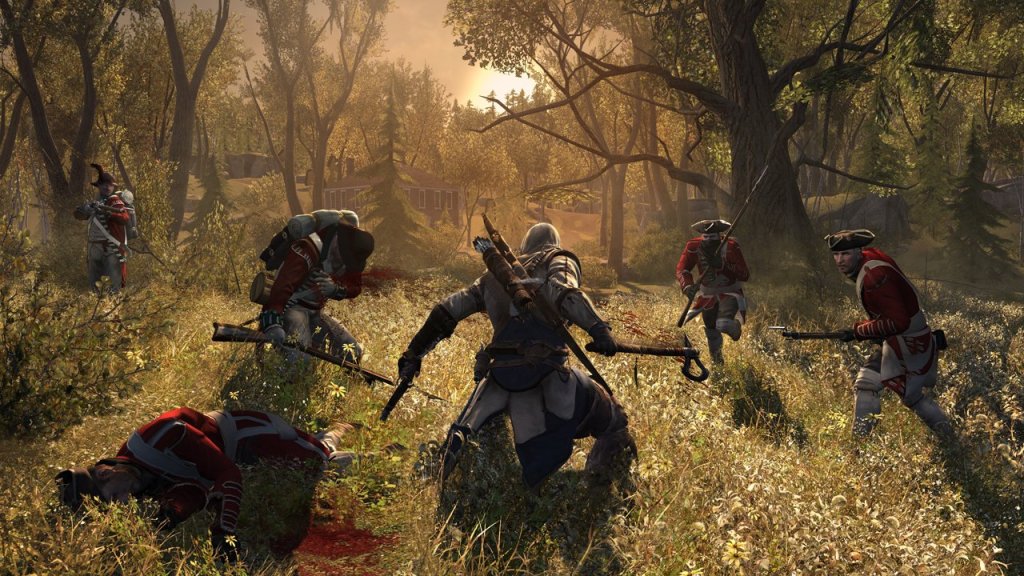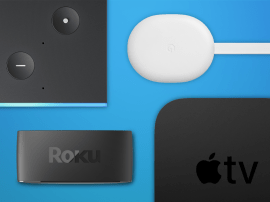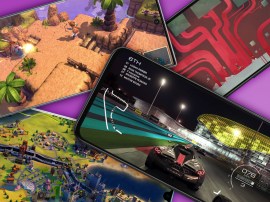Stuff meets: Steve Masters from Raccoon Logic
Raccoon Logic’s Game Design Director on making games fun

Ultimately, I’m responsible for making the game I’m working on fun.
I work on everything from how the player’s character moves and reacts to the world around them to how enemies behave, the types of gadgets and abilities the players and creatures have, the progression systems, the interface, the controls, just about everything really!
A core part of my job is to create and communicate the vision of the gameplay, making sure everyone on the team understands what the game is and what is going to make it fun, and then work with everyone to realise that vision and bring it to life. My goal is to create the best experience possible for players.
I’ve had the pleasure of working on a few games that turned out pretty good.
I was the Lead Game Designer on Assassins Creed: Brotherhood, Splinter Cell: Conviction, Assassins Creed 3 (below), and the Design Director of the single player campaign of Star Wars: Battlefront 2. I also worked as a Game Designer on the original Assassins Creed, and Rainbow Six: Vegas. There’s a bunch more that I worked on over the years, but those are some of my favourites.

I get to influence and drive the overall direction of the gameplay.
On any given day, I’ll be in the engine tuning the exact placement of a camera, or finessing the precise amount of friction the player will experience while jumping to get just the right amount of air control, then discussing the next creature we’re designing and what attacks it needs to have with the animation, art and AI team, to then working with the UX [User Experience] team to review some designs on a new interface for a crafting system, to checking in with the audio designers on the voice recording needs, to working with level designers to figure out how to create an interesting puzzle in this particular moment, to running a full team review where we sit back and play the game, take notes and decide what needs improvement.
Designing games is as much an art as it is science.
There’s no fixed way of doing things, and I always strive to keep evolving to become better at what we do as a team. There are some good rules of thumb that I’ve learned over the years though! I always want to start by asking why we’re making this thing. It’s really easy to start the other way around – by stating what it is that you’re making – but that often leads to not having a clear picture of what truly belongs in the game or not. If you take that route – and I have – you can often just end up adding more and more useless things to the game that don’t really serve any purpose. Instead, if you have a clear picture of your why you can much more easily answer “does this idea fulfil our purpose?” and make calls about what belongs in the game, what needs to be changed, and how to change things.
Another thing is that since games – especially big open world games, but even smaller titles – are so complex and made up of so many moving parts, I always like to make sure I break the problems down into smaller and smaller chunks before tackling them, and always prioritise what to work on based on how close it is to the central idea of the game. When you start to think about all the problems and possibilities in a game, doors just keep opening in front of you; it’s possible to just start mentally running in endless, ever-expanding spirals chasing after a million ideas.
What’s more valuable is to actually get something – anything – done, critically reviewing it, and iterating on it to get to something better. And what’s most valuable is to tackle the most central part of your game – is it a shooter? Then shooting. Is it a platformer? Then jumping. And so on, before tackling the singular odd moment that will happen once in the game and be forgotten.

I play a lot of games but always return to the same ones…
I cycle through a bunch of different games to check out what they offer and stay up to date with what’s going on in the gaming world, but generally speaking I’ll always come back to a few core games. I have lost way too many hours in both Rocket League (above) and PUBG; I love hanging out with my friends, competing with other folks and having crazy adventures come out of the great systems.
One of the incredible things about gaming is how much it has changed over the years.
When I started making games, one of the first things I worked on as a tester was a helicopter flight sim; it had a 32 x 32km world you could fly around, with friendly and enemy tanks, helicopters, planes, and so on. We now use the same amount of information it took to create that world to create just one character; and then we fill the screen with hundreds of those characters!
We’ve also seen games go from being something that only the odd weirdos would do in their bedrooms, to being something accepted as part of the media landscape, to being the largest form of entertainment out there.
As we go forward, we’re going to see more ways to play, more styles of play, and more opportunities; I think gaming is super exciting to work in as it offers so many possibilities. From console games to mobile games, from VR and AR to sitting in front of your computer, from gamifying your exercise routine to how you drive to your lesson plans in school, games are just becoming more and more pervasive. I don’t think any one style of games will win or take over, I just think the whole world is going to become players of games. We all love to play, and I love being able to help bring more play to the world.



